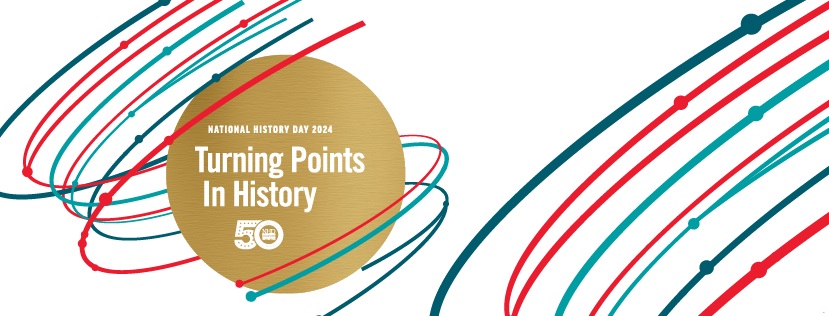Using Museums and Historic Sites
Prepared by the Atwater Kent MuseumFinding a Museum or Historic Site
- Identify a museum or historic site with a collection or objects useful to your research topic. Our Partners (see Partner's List) have agreed to be available for students participating in National History Day. Or, you can use others throughout the area.
Using a Museum or Historic Site
- Call the curator or registrar and identify yourself as a National History Day Student Researcher. Describe your topic. Ask if they have resources related to your topic on display or available for study in the collection. Inquire about their policies and procedures to see objects not on display (e.g. research fee, permission for documentary photography). If there is a fee, ask if it can be waived for you. Arrange an appointment.
- Bring appropriate ID, camera if permitted, admission and research fee, pencils, notepad, eraser. Prepare your questions (written) in advance.
- Meet the curator at the appointed time; repeat your interest in the object(s) and what you want to learn. Listen to what he/she says about the object(s) shown to you. Record the museum data about the object (title, acquisition number, etc). Ask the curator your questions. Take notes. Ask where you might learn more (primary resources, where they are, others to interview); where are other objects like the one(s) you are studying. If allowed, take photographs for your report.
- If you are on your own and your object is already on display in an exhibition, ask for and study a museum floor plan to know the location. Ask about permission to photograph for documentary purposes. To understand the objectís context, read the title and information panels that explain the purpose and scope of the exhibition. Follow the intended route of the exhibition, usually organized by chronology or by theme, to see where your object fits in.
- Since a museum is a place where you can think and talk with yourself about what you see, take your time to look at the object; ask yourself what it reminds you of, what it resembles. Is the object machine or hand made? Does it have decoration? Are you able to determine what it was used for? How it works? Without looking at a label, attempt to determine how old the object is. Note what you think about as you examine it. Donít be afraid to get as close to it as permitted and to examine the smallest details. Make sketches. An object has specific, unique characteristics: note the material(s) from which itís made, the general shape, size, condition. Take some guesses about why it was saved and why it was included in the exhibition. Take note of your observations and your thoughts.
- Were you a good detective? Read the label which will provide the name of the object; who made it and when, if known. Often the label includes who gave it to the museum or to whom the object belongs. Sometimes, there is an Acquisition Number (e.g. 54.32.1) which tells you the year it was acquired (54) the source (32) and its discrete number (1) to catalogue it within the museumís inventory system.
- Compare your own guesses with what is known already about this object. Do you need to learn more? You can obtain additional information in the exhibition, from books in the library or bookstore and from internet searches. You can ask a specialist (contact the curator, for example). Note the information on the label in order to accurately identify the object.
- Keep track of the ideas and questions that came to mind as you investigated your chosen object. These are useful starting points for an assignment or to do further interesting reading.



